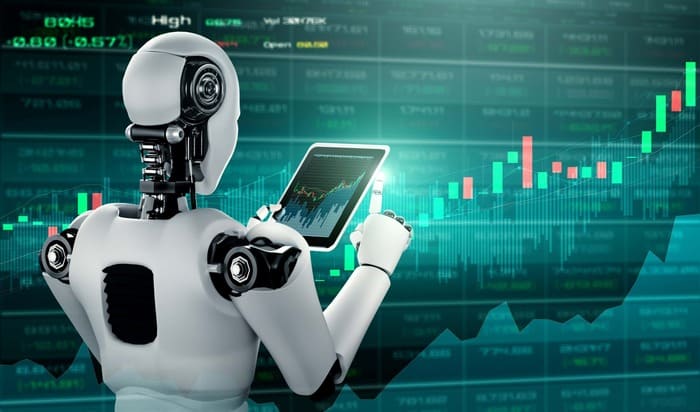
Crypto trading has come a long way in the last 15 years. From no crypto to Bitcoin, to early altcoins and basic exchanges to the sophisticated and multifaceted trading ecosystem we have today. Over the last decade and a half, crypto has been on quite the journey.
The evolution of crypto trading, from primitive platforms to modern-day trading terminals, institutional ETFs, and crypto trading bot platforms has transformed the industry into a global market for traders of all stripes. Today’s crypto traders are blessed with a cornucopia of options that were simply inconceivable back in the day.
In the Beginning, There Was Little
When Satoshi Nakamoto released Bitcoin on January 3, 2009, there was zero infrastructure to accompany it. No exchanges, no clients, no block explorers; not even a wallet. It took over a year for the first rudimentary exchange to appear, and longer still for anything resembling a “proper” trading platform to manifest.
Fast forward a few years, and by 2016 there were scores of exchanges and hundreds – soon thousands – of digital assets to trade. The best exchanges were run prudently, with a focus on security and user experience. This was streets ahead of the fiat-less and frequently failing platforms that sprouted during Bitcoin’s Wild West days.
The Rise of the Bots
Around the same time that crypto began to acquire legitimate exchanges, the first automated bots began to appear. These were designed to automate repetitive processes and were typically capable of trading a single asset (BTC) using extremely limited criteria.
The user could input their desired buy and sell point and then check in with the bot sporadically to make sure it was doing its job. These inelegant bots called for coding skills to initialize and customize and weren’t designed for inexperienced traders. They tended to lose their operators more than they made, but these primitive programs set the stage for a second wave of advanced trading bots.
Replacing Emotion with Automation
The narrow-range bots designed during crypto’s 2016-18 bull run have been replaced by professionally designed trading bots hosted on dedicated platforms. These connect to the user’s preferred exchanges by API, allowing them to trade across multiple venues from a single terminal.
Today’s automated trading platforms offer users a broad range of bots to choose from. This allows traders to implement strategies that align with their interests, risk profile, and timeframe. Streets ahead of their 2016-era forerunners, these bots are sometimes enhanced using machine learning and AI. When implemented correctly, these bots can substantially improve a trader’s profit (PnL) over a period of time.
If you shop around for a reliable automated trading platform, a long and profitable relationship awaits. Ideally, you’ll settle upon one that offers a good choice of bots that are optimized for different trading strategies, code-free configuration, advanced order types, and ongoing support and feature development.
Traders are fortunate to be living in an age where they can harness an army of highly trained bots on demand. As automation increases its dominance over crypto trading, the time for bot exploration is now.
